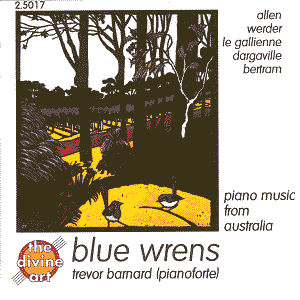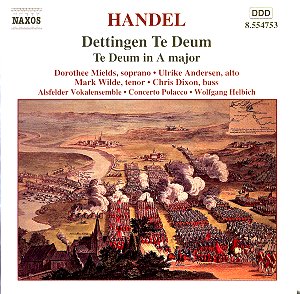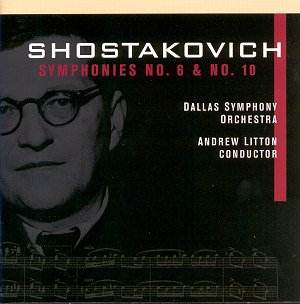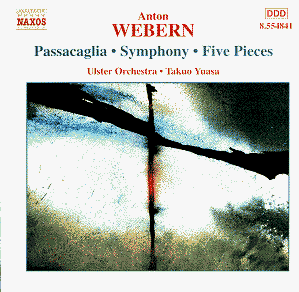 Composer: Various
Composer: Various
Works: Geoffrey Allan – Three Piano Pieces Op. 23, Sonata No. 4; Felix Werder – Monograph; Dorian Le Gallienne – Sonata for Piano; Tim Dargaville – Night Song; Michael Bartram – Sonatina (1977), Five Pieces for Piano (1984)
Performers: Trevor Barnard, piano
Recording: Melbourne, 2001
Label: Divine Art Records 2-5017
Contemporary Australian piano music remains a largely unexplored territory for many classical aficionados, particularly in the UK. This release, featuring works by five Australian composers, offers a captivating window into the nuanced soundscapes emerging from the Antipodes. Each piece reflects a unique aesthetic, drawing on both the lush natural landscape and the complex cultural fabric of Australia. The selections range from the gentle lyricism of Geoffrey Allan to the more modernist idioms of Felix Werder, creating a rich tapestry that accentuates the diverse compositional voices within this compilation.
Trevor Barnard’s performance serves as a compelling vehicle for these varied works, showcasing his technical prowess and interpretative depth. Allan’s Three Piano Pieces, with titles like “The Parson’s Pleasure” and “Blue Wrens at Amberley,” display a melodic simplicity reminiscent of Delius, yet Barnard’s reading adds a subtle intensity that reveals the underlying emotional currents. Particularly striking is his handling of the Sonata No. 4, a single-movement work dedicated to him, where he captures the concentrated energy and intricate harmonic language, balancing the serene with the dissonant without losing focus.
Felix Werder’s Monograph, notable for its modernist approach, presents a significant challenge for any pianist. Barnard’s interpretation of the work is particularly commendable in the faster last movement, where he navigates its intricate rhythms and textures with remarkable clarity. His articulation here not only conveys the frenetic energy intended by Werder but also allows the listener to appreciate the structural sophistication of the composition. Conversely, the three movements of Dorian Le Gallienne’s Sonata are imbued with a spirited dynamism, particularly in the first two movements, and Barnard’s vigorous execution breathes life into the work, culminating in a serene finale that offers a poignant contrast.
Tim Dargaville’s Night Song, representing the stillness before Ned Kelly’s execution, emerges as a highlight of the disc. Barnard’s interpretation captures the haunting essence of the piece, using subtle dynamics to create an atmosphere of introspection. This poignant narrative is matched by the sound quality of the recording, which is exemplary throughout. The clarity of Barnard’s piano, coupled with the acoustic warmth of the Melbourne venue, allows the listener to engage fully with the subtleties of each composition.
Michael Bartram’s contributions, particularly the Five Pieces for Piano, round out the program with vivid character sketches that challenge the performer’s interpretative range. Barnard’s ability to imbue each piece with distinctiveness—whether the frenetic energy of “Kinetic” or the reflective nature of “Violet”—demonstrates not just technical skill but a deep understanding of the music’s emotional core. The inclusion of descriptive titles in Bartram’s pieces adds an extra layer of interpretive possibility, and Barnard rises to this challenge admirably.
This collection stands as a vital testament to the wealth of compositional talent in Australia, showcasing a spectrum of styles and voices that merit greater recognition. The combination of Barnard’s insightful interpretations with the high-quality recording produces a listening experience that is both enriching and enlightening. The album not only provides a valuable introduction to contemporary Australian piano music but also affirms the significance of these composers within the broader landscape of classical music.



